No matter how often you dust your home, it can feel like it’s just not enough. Getting rid of these teeny-tiny particles that get into every nook and corner of your home can prove to be exasperating—especially since the moment you’re done, it feels like you need to start all over again!
If this sounds like you, read on. We’ve got your back, with a list of clever, time-saving dusting tips that will help you retain your sanity and keep your home spotless!
First up, what exactly is dust?
If you could look at household dust under a microscope, you might just get grossed out! It is made of particles like dirt and pollen that come in from outside, and hair, dust mites, pet dander, broken bits of human skin, food particles and even decomposed bodies of insects. Once you know what it’s made of, you really don’t want to leave it lying around; especially when these particles are bound to get into the air you breathe! Besides which, dust contains allergens that can make you sick.
Dusting How-Tos:
Ceilings and Ceiling Fans
Ceiling fans usually prove to be dust magnets in any home. Laws of fluid dynamics and static electricity, together with the fact that they are hard to reach (and mostly out of sight!) play a big part in getting your ceiling fan blades dusty.
A telescopic microfiber dusting brush is your go-to tool to get your fan blades clean with minimum effort. Another invaluable hack is to slip an old pillowcase over the fan blade, wiping down both sides as you pull the cover off the blade. This way, the dust stays inside the pillowcase and doesn’t get into your eyes, or mess up your floor!
And while you’re up on that ladder, you can also use a long-handled duster to clean the ceiling corners and make those cobwebs disappear.
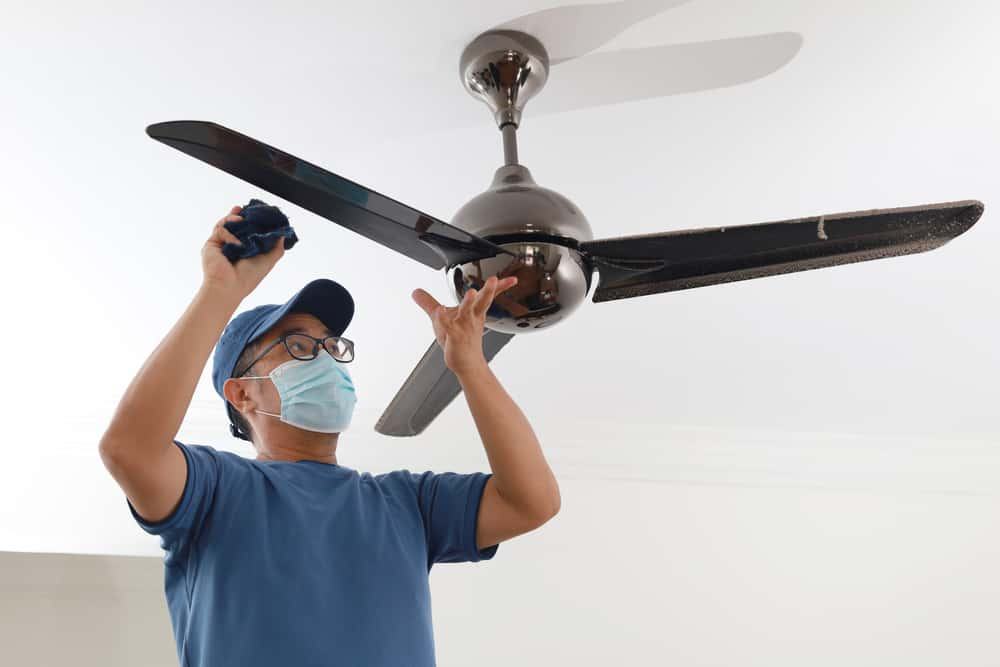
Carpets and Upholstery
Your couch and cushions need to be vacuumed on a weekly basis, especially if you have pets at home. Cushions can even be given a good beating once in a while, out on the balcony, if they are extra dusty.
Carpets that have not been cleaned for a while could do with a little extra love. Sprinkle dry baking soda generously all over the pile, distribute it over all the fibres and leave it overnight. When you vacuum up the baking soda in the morning, your carpet will smell daisy fresh and be spotlessly clean.
A lint roller is perfect for a quick clean-up of any fabric surface. Run it over your couch or drapes just before guests arrive.
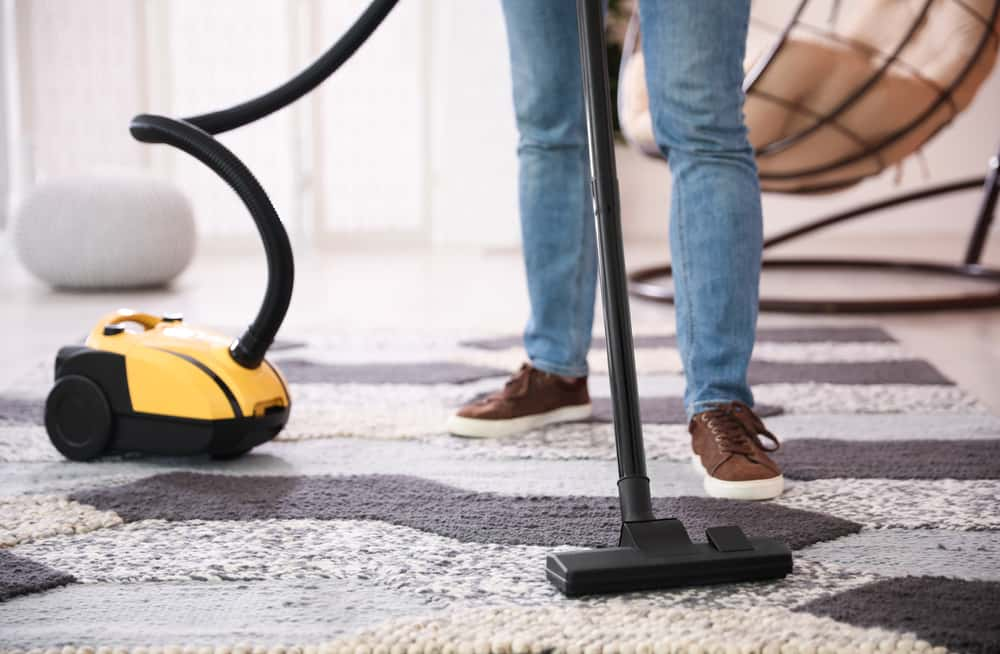
Furniture and Cabinetry
Furniture or cabinets that are finished with laminate or acrylic can be wiped down using a soft cloth that has been made slightly damp. Make sure that you wipe in a way that does not leave an unsightly streak on the surface.
For furniture that’s made of wood or finished with veneer, use a clean and dry microfiber cloth. Too much water can ruin the surface and remove the polish.
For a deep clean that removes grime build-up from the cabinetry, wipe with a mix of water and white vinegar, and follow up at once with a dry wipe so that moisture does not settle into the surface.
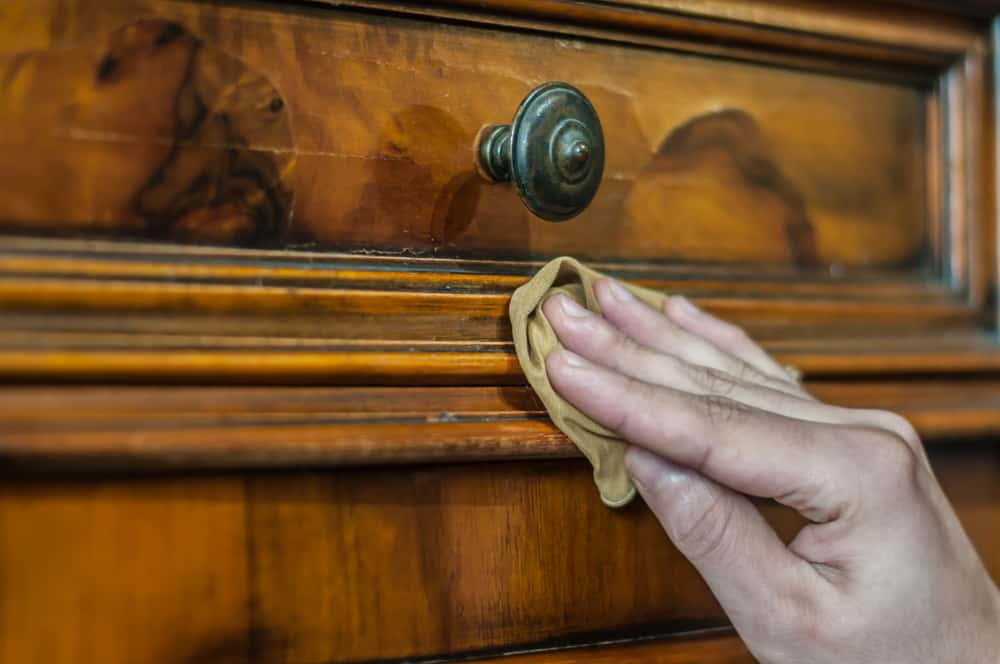
Window Drapes, Curtains and Blinds
The dust that accumulates on drapes and curtains is often hard to see, but that doesn’t mean it’s not there! Over time, the build-up will turn white curtains into a dull, unsightly grey. Dust both sides of your drapes and curtains on a weekly basis so that the fabric stays clean. At least once in a year, you could take down the drapes and get them dry cleaned or run them through the washing machine.
Synthetic blinds should be completely closed and wiped down using a damp microfiber cloth. Once you have finished one surface, reverse the blinds and clean the opposite surface. Cloth blinds can only be vacuumed; washing or laundering is not possible due to the rods that are stitched into the fabric.
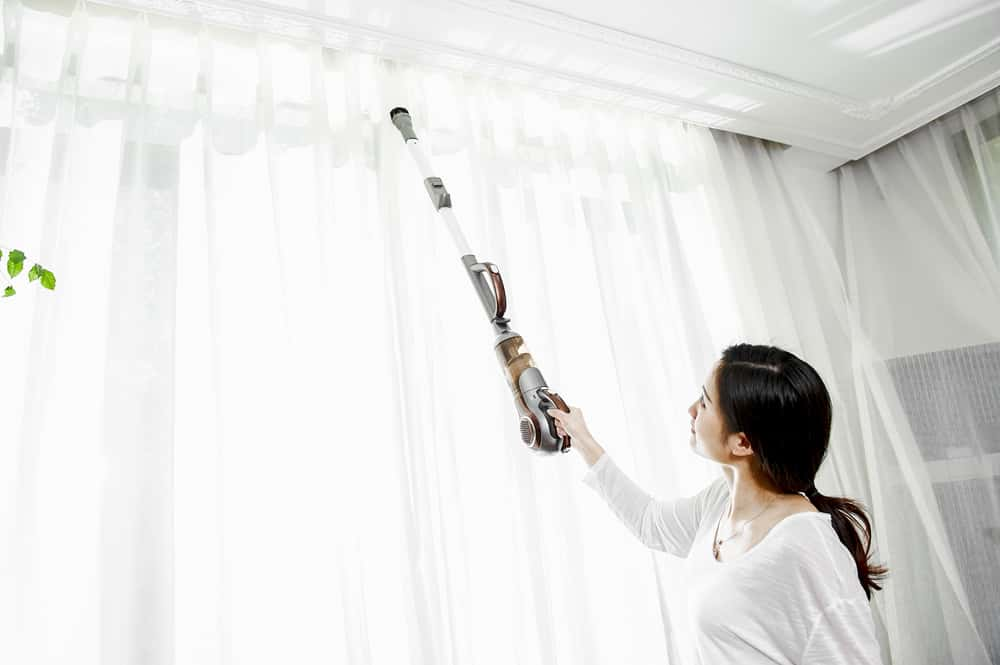
Sliding Doors of Wardrobes
Dirt and dust can accumulate in the tracks of sliding wardrobe shutters, making them hard to open and close. At least once a week, vacuum the tracks to remove loose dust, and then wipe clean using any basic kitchen cleaning solution or a half and half solution of warm water and vinegar. Make sure that the tracks are not left wet, as this could affect the mechanism in the long run. The hinges and sliding tracks can be lubricated using a few drops of any oil so that the sliders run smoothly.
For a quick clean-up, you can always run an old toothbrush along the track and scoop out any accumulated dust.
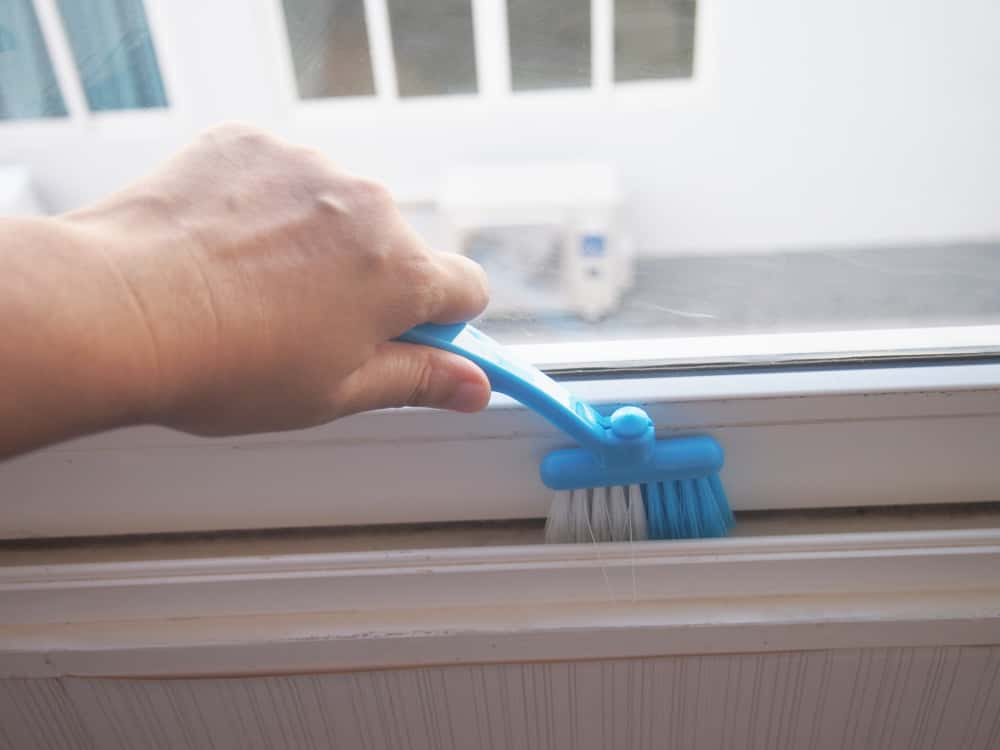
Hard-to-Reach Surfaces
Hard-to-reach corners, nooks and crannies end up harbouring more than their share of dust bunnies! You can use a flexible rod or a ruler, wrap a bit of microfiber cloth around it and fasten with a rubber band. Dig into the corner, and all the dust will come right out.
Some vacuum cleaners have special accessories for all those deep, hidden corners and can suck up every bit of dirt, when used in the high suction mode.
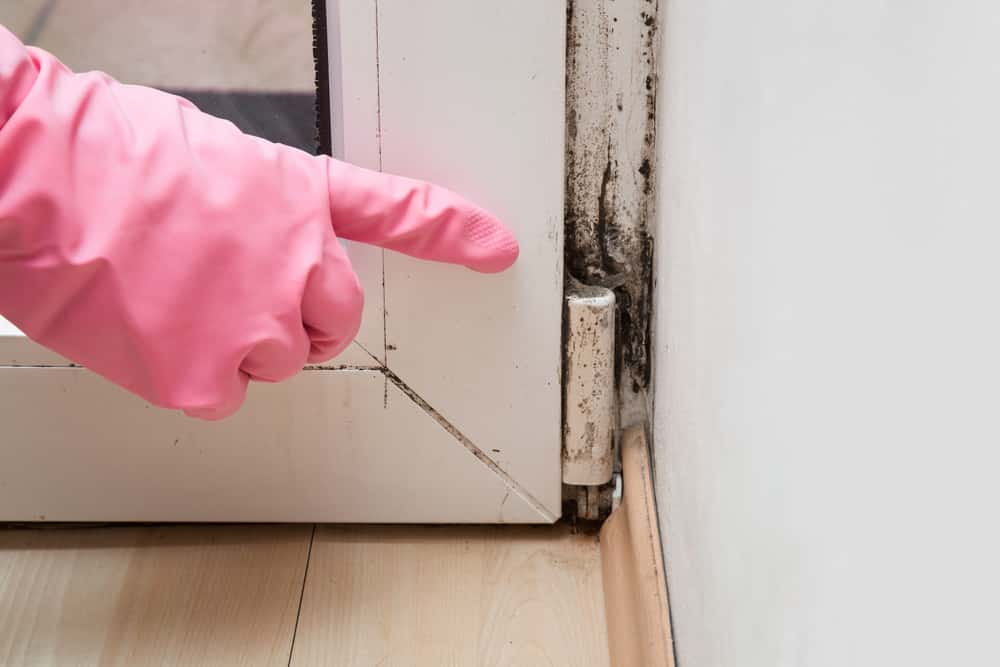
Appliances and Gadgets
Electrical and electronic gadgets and appliances must be handled with care. Unless your gadget is waterproof, refrain from using damp cleaning cloths or spraying with liquid. A dry coffee filter or a soft and dry microfiber cloth can be used to wipe every surface, thoroughly and neatly. To stay safe, always ensure that the appliance has been unplugged from electricity before you start.
A computer keyboard often gets dirt and dust in between the keys. And if you’re used to snacking at your desk, you’re sure to find crumbs of that delicious cake you munched on last week hidden below the space bar! Use some kiddie plasticine and press down in all the crevices to mop up all the dirt. This is also a great cleaning hack for mobile phones and remote controls as well.
An old fuzzy sock is a great dust catcher. Just slip it over your hand, and run your sock-covered hand over all nooks and crannies.
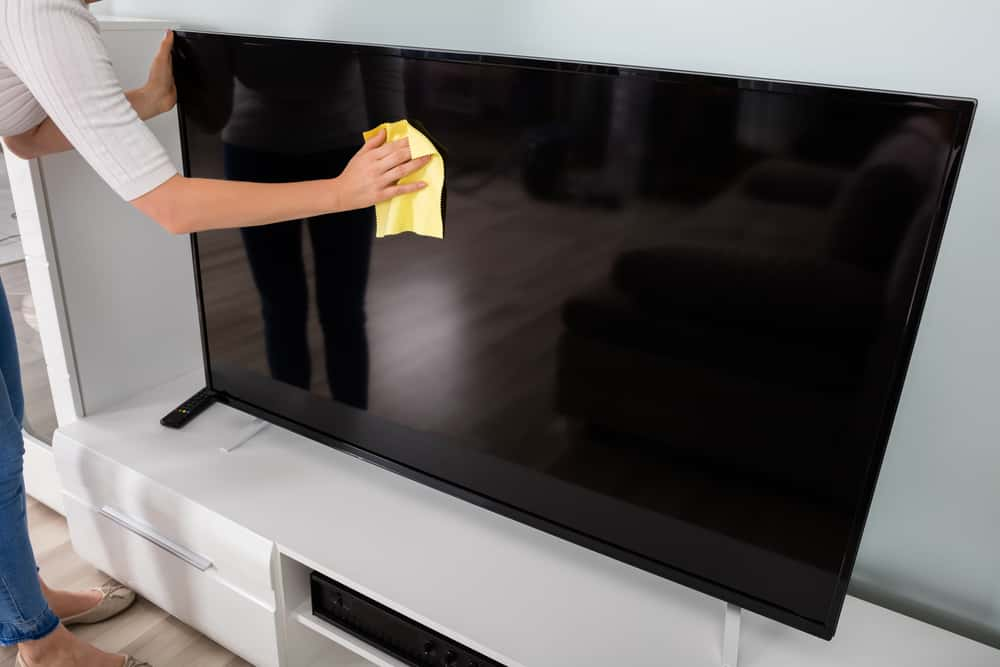
Mirrors
A 50:50 mix of warm water and white vinegar can be sprayed on the surface of the mirror, and allowed to sit for a couple of minutes. Wipe thoroughly with either a bunched-up newspaper or soft microfiber cloth. Wipe in circles so that the surface does not streak.
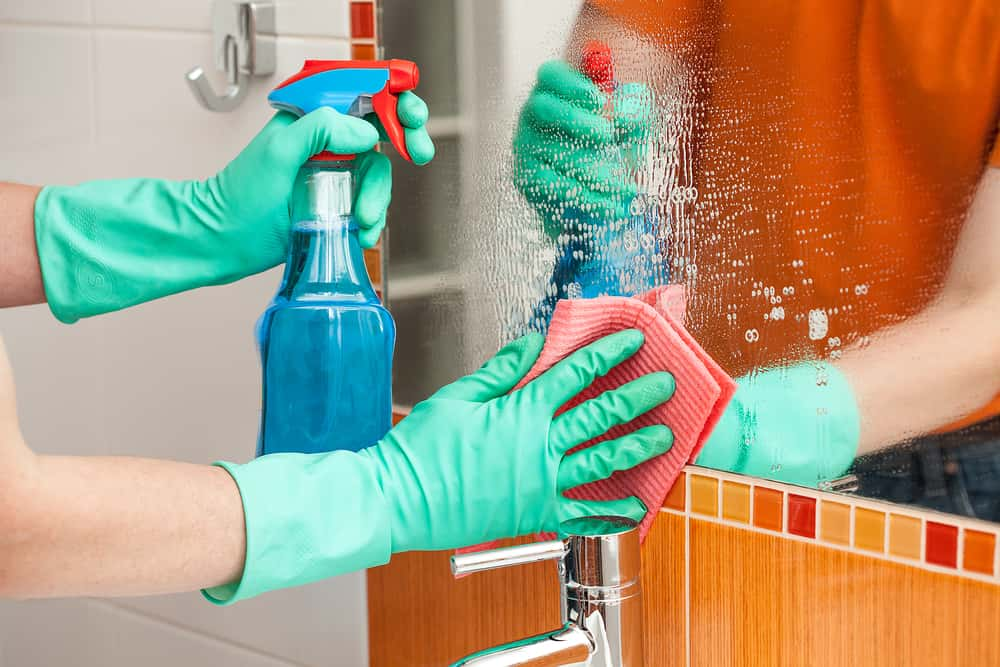
Tips to help you stay on top of your dusting needs
Set a dusting schedule!
A once-a-week dusting schedule is a great way to start. Go room by room, and clean every surface. If you’re dusting after a long time, you’re bound to find dust bunnies in hard-to-reach corners and under furniture; but keep up your regular schedule and they’ll soon become a thing of the past!
Here’s an invaluable tip: If you haven’t realised this already, a feather duster just makes the dust fly up in the air—but gravity has its way, and it soon settles down again!
You might prefer to use a damp, clean microfiber cloth instead. Use a water spray to lightly mist very dusty surfaces, so that you capture all the dust when you wipe down. If the cloth is too wet, it will leave streaks of moisture on surfaces, so make it just very slightly damp.
Work Top-Down
This is just common sense. Always start with the ceiling fan, the tops of shelves and then work your way downwards. Dust that is displaced will always settle down again, and you don’t want to have ceiling fan dust bunnies settling on top of a freshly vacuumed sofa.
Vacuum After you Dust
Once you’ve finished one round of dusting, vacuum up whatever is left. Again, work top-down and use the right accessories. For instance, a flat vacuum brush will not get into tiny corners, so you’ll need to make use of the crevice accessory for that.
Get Indoor Plants
Indoor plants act as natural air purifiers, improving the quality of air and adding moisture to the air which helps to keep dust levels down. Having plants on the balcony and on all your windows will filter the dirt and dust that comes in from the outside. But don’t forget to dust your plants as well! Use a damp cloth to wipe the surface of each leaf, or spray water on the plants to wash down the dust.
Change the dust filters on your air conditioning system on a regular basis. You should also call in a professional to get your kitchen chimney vents cleaned every couple of months. You might be amazed at how dirty they can get, and if this is something that you don’t do often, it’s time to get started. You’ll find an instant improvement in the air quality once this is done.
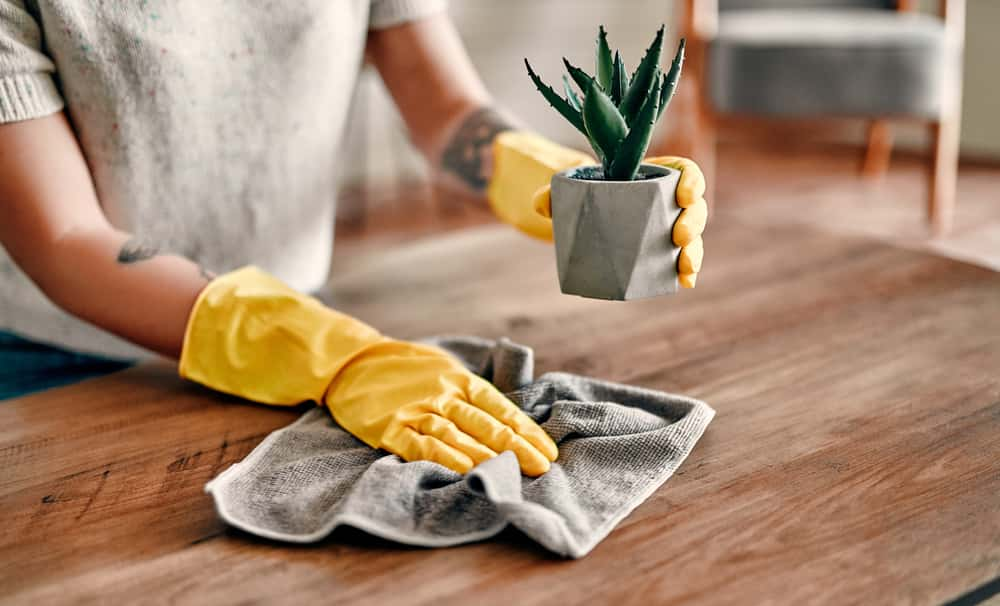
While all these tips and how-tos are invaluable, there are always times when it pays to call in a professional cleaning service. This could be when you’re returning home after a vacation, or if your home has been just painted or the décor refurbished. Cleaning agencies have access to heavy-duty cleaning gadgets and appliances, and they know the best ways of rooting out every bit of dirt or dust in your home.
We hope these tips and tricks will help you to stay on top of your home cleaning needs! Need more home décor advice? Come to the experts at HomeLane!


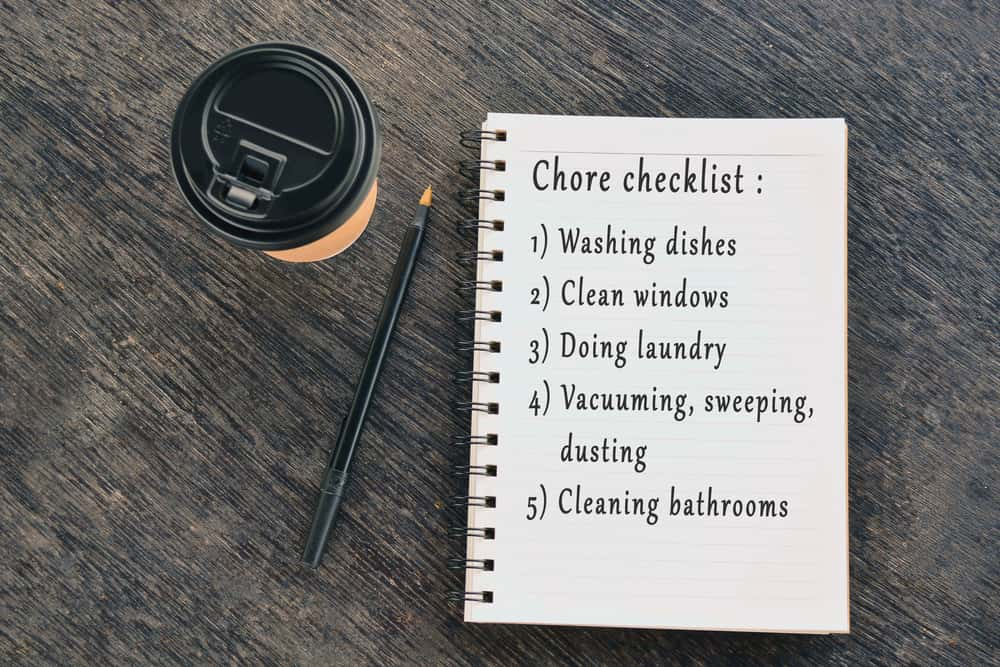
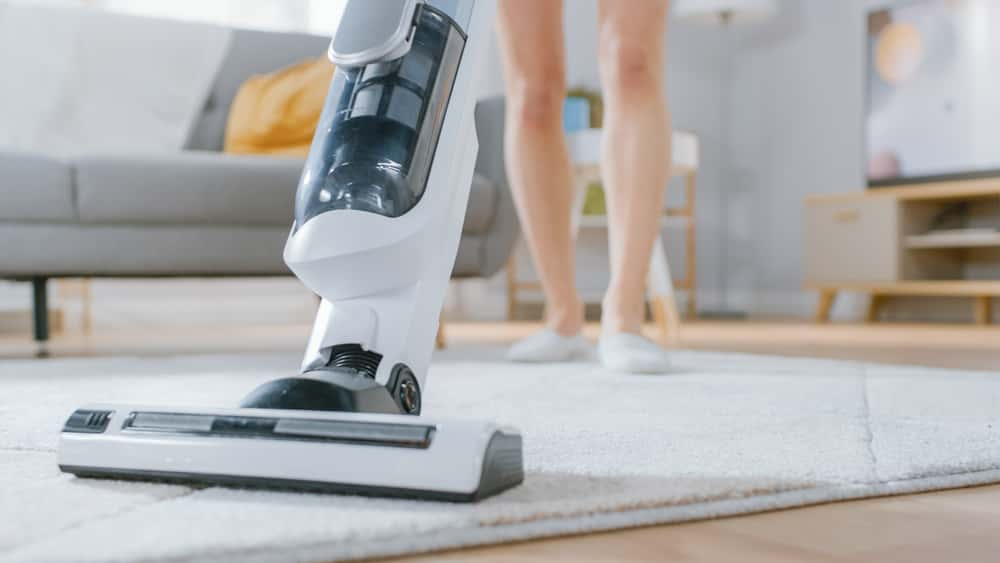
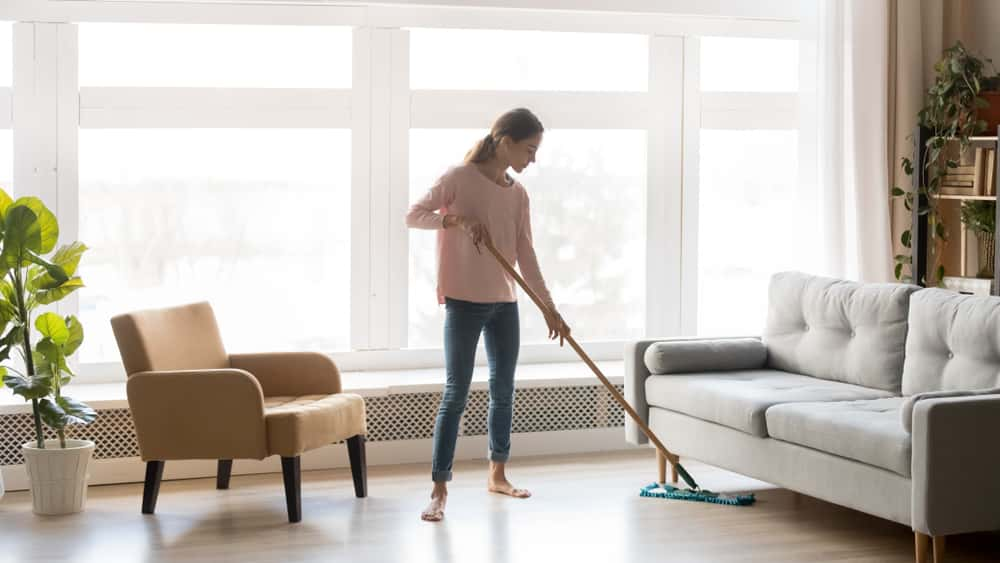



1 Comment
OHH I really like your article, you have added such point which I guess nobody has written , the paint brush technique is awesome… thanks for writing about this topic..